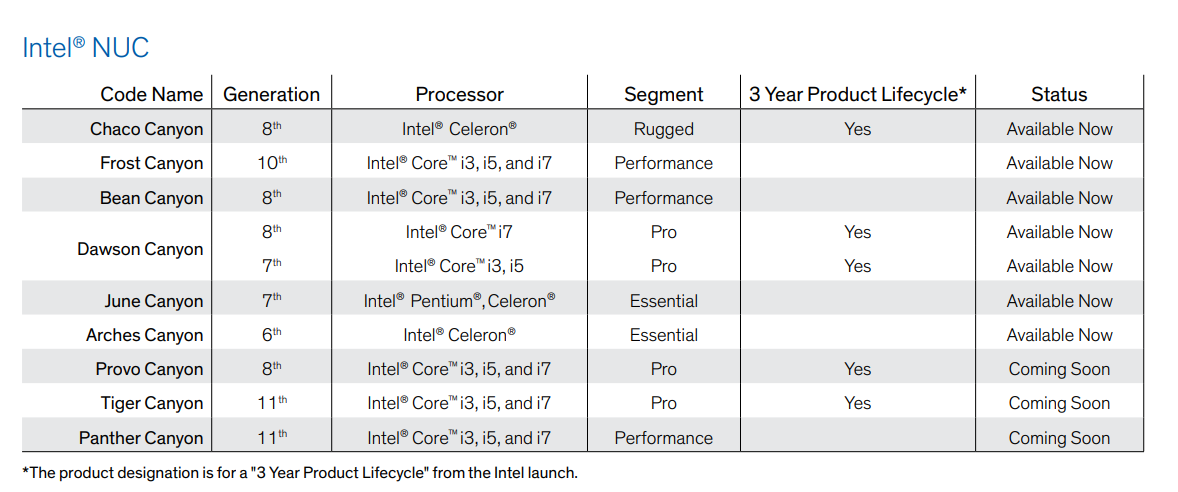Multiple Nvme Slots

NVM Express over Fabrics (NVMe-oF) is the concept of using a transport protocol over a network to connect remote devices, contrary to NVMe where devices are connected directly to PCIe bus (or over a PCIe switch to a PCIe bus) In September 2014, a standard for using NVMe over Fibre Channel (FC) was proposed and this combination is often referred. PCI Express 3.0 x16: 1 x PCI Express 3.0 x16 Slot (PCIE1: x16 mode). Supports PCIe riser cards to extend one x16 slot to two x8 slots. Supports NVMe SSD as boot disks Model #: Z490M-ITX/ac Item #: N7925. As long as the motherboard has two M.2 slots, you should be fine. But you can check in the manual to make sure the M.2 slots don't share ports with the graphics slots. Also, if you are getting M.2 drives, only guy NVMe drives.

Multiple Nvme Slots For Windows 10
https://www.amazon.com/gp/product/B01LYFKX41/ref=oh_aui_detailpage_o00_s00?ie=UTF8&psc=1
Both are connected to an ASUS ROG Strix H270I
One SSD is on the mobo's M.2 slot, the other in Asus Hyper M.2 PCIE slot adapter.
https://www.amazon.com/gp/product/B017YUCAXS/ref=oh_aui_detailpage_o00_s00?ie=UTF8&psc=1
Benchmarks are as follows in Windows 10 AIDA64:
Linux also shows much faster buffered read performance:
$ sudo hdparm -Tt /dev/nvme0n1
/dev/nvme0n1:
Timing cached reads: 38090 MB in 2.00 seconds = 19074.05 MB/sec
Timing buffered disk reads: 8944 MB in 3.00 seconds = 2981.31 MB/sec
$ sudo hdparm -Tt /dev/nvme1n1
/dev/nvme1n1:
Timing cached reads: 37796 MB in 2.00 seconds = 18925.52 MB/sec
Timing buffered disk reads: 5842 MB in 3.00 seconds = 1946.91 MB/sec
Any ideas why that is so?